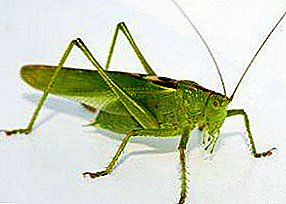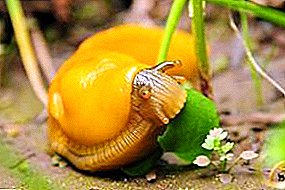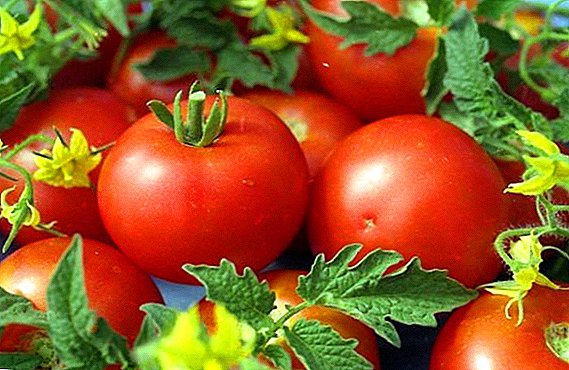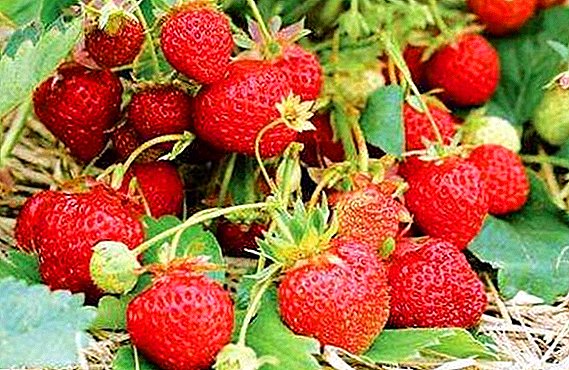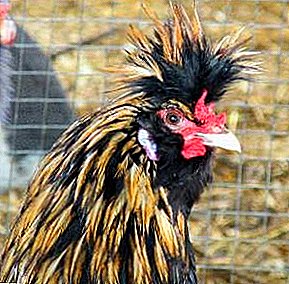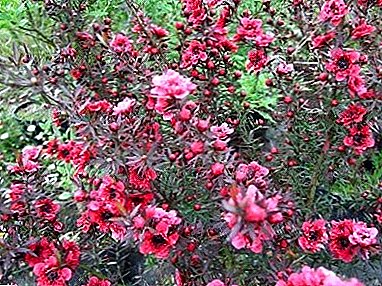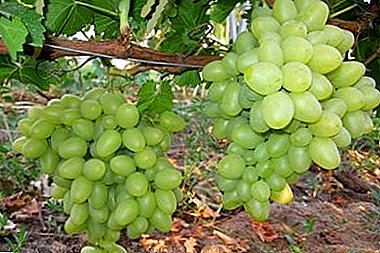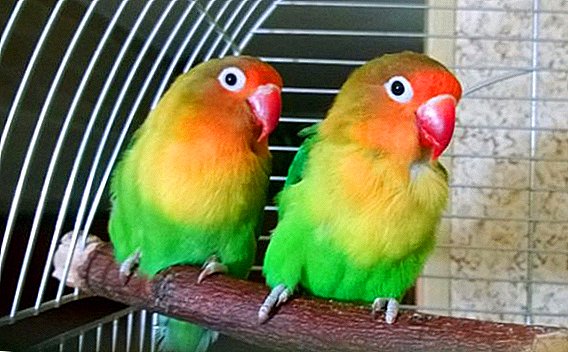 People have long kept pets. Initially, our smaller brothers were kept for various purposes (guarding the home, hunting, animal husbandry, etc.), but over time it became common for people to keep decorative animals.
People have long kept pets. Initially, our smaller brothers were kept for various purposes (guarding the home, hunting, animal husbandry, etc.), but over time it became common for people to keep decorative animals.
In ancient times, poultry were decorations of palaces and castles of noble persons.
They delighted with their diversity, fervor and wonderful voice. The fashion for decorative birds has reached our days.
Amadins
 The native land of the Amadines is tropical areas. Their bright plumage attracts all lovers of birds. Due to its diversity, the fashions look very impressive and exotic. In addition, these birds are quite moving and funny.
The native land of the Amadines is tropical areas. Their bright plumage attracts all lovers of birds. Due to its diversity, the fashions look very impressive and exotic. In addition, these birds are quite moving and funny.
Amadine pretty easy to get used to people and quickly begin to trust them.  However, these birds are not suitable as songbirds for home keeping - they sing, to put it mildly, it does not matter. Amadins make sounds that resemble buzzing, rumbling, whistling, chirping, and sometimes hiss. However, this flaw is more than compensated by the exterior created by these birds, their friendliness and unpretentiousness.
However, these birds are not suitable as songbirds for home keeping - they sing, to put it mildly, it does not matter. Amadins make sounds that resemble buzzing, rumbling, whistling, chirping, and sometimes hiss. However, this flaw is more than compensated by the exterior created by these birds, their friendliness and unpretentiousness.  The fodder is fed mainly with millet, adding to it porridges, vegetables, fruits and boiled eggs.
The fodder is fed mainly with millet, adding to it porridges, vegetables, fruits and boiled eggs.
Finches
 Looking for poultry for themselves and looking at their photos and names, it is impossible not to notice finches. These interesting birds are quite popular and are often kept at home.
Looking for poultry for themselves and looking at their photos and names, it is impossible not to notice finches. These interesting birds are quite popular and are often kept at home.  It is quite easy to distinguish females from males, since chaffinches develop sexual dimorphism. Males have a reddish breast, and bluish plumage adorns their head and neck in the warm season. Females have a low color - brownish-green.
It is quite easy to distinguish females from males, since chaffinches develop sexual dimorphism. Males have a reddish breast, and bluish plumage adorns their head and neck in the warm season. Females have a low color - brownish-green.  Finches quickly get used to people and become tame.
Finches quickly get used to people and become tame.
Content is pretty unpretentiousHowever, it is worth noting that only males sing.
Decorative birds can live in the yard. Beautiful appearance have decorative chickens and pigeons, mandarin duck, pheasants and peacocks.
Canaries
 These birds are valued for their great singing. If you are not annoyed by loud trills, you can safely buy a canary. Moreover, the bird will delight its owners not only with its vivid voice, but also with the coloring of its plumage. Today there are types of kenars of various colors.
These birds are valued for their great singing. If you are not annoyed by loud trills, you can safely buy a canary. Moreover, the bird will delight its owners not only with its vivid voice, but also with the coloring of its plumage. Today there are types of kenars of various colors.
Important! Canaries sing only males.
For this feathered singer does not need a large cage, and they quickly get used to the person. However, they should not impose their society on them; they are having a great time alone.  Canaries are unpretentious and have one feature - they love to swim very much. If you pour food and clean the cage can not every day, the water for swimming should always be fresh.
Canaries are unpretentious and have one feature - they love to swim very much. If you pour food and clean the cage can not every day, the water for swimming should always be fresh.
You can let this pet fly around the room, but it is worth remembering that there are many dangers in the room for a small canary.  Kenar - ideal poultry for children.
Kenar - ideal poultry for children.
You can feed them with ordinary grain food for birds, adding to it natural products: chopped boiled egg, cottage cheese and grated apple. It will also be useful to give a little crushed chalk.
Did you know? About canaries in Russia learned in the XVII century from the Tyrolean merchants. The flood trills were loved by people, and the birds were raised at home.
Aratingi
 The most popular parrot that gets along well with man. This name aaringi received due to the bright color of feathers. The main tone is fiery yellow, and the intensity of the color depends on the species.
The most popular parrot that gets along well with man. This name aaringi received due to the bright color of feathers. The main tone is fiery yellow, and the intensity of the color depends on the species.  The cage for the aratingi should be spacious so that the parrot doesn’t damage the wings when it is swinging. In order for the bird to feel comfortable, it is desirable to equip a small nest in a cage, and for entertainment - to place perches, swings, mirrors and toys.
The cage for the aratingi should be spacious so that the parrot doesn’t damage the wings when it is swinging. In order for the bird to feel comfortable, it is desirable to equip a small nest in a cage, and for entertainment - to place perches, swings, mirrors and toys.
Important! Do not place the drinker and the feeder close, as aratings like to throw food into the water.
It is also worth remembering that these birds very sensitive to drafts and temperature drops.  Under natural conditions, these parrots feed on plant foods - seeds, vegetables, fruits, nuts. At home, their food can diversify and give boiled eggs, peanuts and bean sprouts. In no case should salt and avocados be given to arating.
Under natural conditions, these parrots feed on plant foods - seeds, vegetables, fruits, nuts. At home, their food can diversify and give boiled eggs, peanuts and bean sprouts. In no case should salt and avocados be given to arating.
The main disadvantage of aratings is a loud voice. Therefore, it is not recommended to keep them in groups.
Amazons
 If you are interested in which birds you can keep in a cage at home, but you do not decide to start a large parrot, pay attention to the Amazons. They can chat pretty well (almost like Jaco), but at the same time not touchy and more tender.
If you are interested in which birds you can keep in a cage at home, but you do not decide to start a large parrot, pay attention to the Amazons. They can chat pretty well (almost like Jaco), but at the same time not touchy and more tender.  Amazons are fairly easy to train, and they adapt well to new conditions and any setting. Like many parrots, they love to swim.
Amazons are fairly easy to train, and they adapt well to new conditions and any setting. Like many parrots, they love to swim.
Due to the fact that Amazons have a pretty strong beak, the cells for their content must be all-metal.  The diet of these birds should contain grain, but oilseeds can be given in limited quantities. Amazons also need vegetables, fruits and greens.
The diet of these birds should contain grain, but oilseeds can be given in limited quantities. Amazons also need vegetables, fruits and greens.
Important! The male and female are painted the same, so they are quite difficult to distinguish.
Macaw
 Quite a large South American parrot with a powerful beak. Due to the bright color is popular.
Quite a large South American parrot with a powerful beak. Due to the bright color is popular.  The macaw cage should be spacious, it should be equipped with objects that the parrot will split with its beak.
The macaw cage should be spacious, it should be equipped with objects that the parrot will split with its beak.  The diet should include:
The diet should include:
- cereals;
- greenery;
- fruits;
- berries
Did you know? This parrot can guard the home: when approaching outsiders, he screams loudly, warning the owners.
Lovebirds
 These birds will always please the eye with their variegation. They will not talk, but they are sociable and amusing behavior.
These birds will always please the eye with their variegation. They will not talk, but they are sociable and amusing behavior.  Loveless better keep paired, therefore for them the spacious cage is required. Since these birds are big restless, the cage must be equipped with toys, poles and mirrors.
Loveless better keep paired, therefore for them the spacious cage is required. Since these birds are big restless, the cage must be equipped with toys, poles and mirrors.  You can feed the usual grain mixture, adding there fresh herbs and vegetables.
You can feed the usual grain mixture, adding there fresh herbs and vegetables.
Cockatoo
 These birds become companions of the owners for life, because they are long-livers. In captivity cockatoo live 50 and even 80 years.
These birds become companions of the owners for life, because they are long-livers. In captivity cockatoo live 50 and even 80 years.
A distinctive feature of this parrot - colorful comb, which is lifted in case of anxiety or excitement.  If you like silence, then remember that a cockatoo is a noisy bird that likes to talk and shout. Kakadu has great intelligence, and it’s necessary to bring up such a feathery from childhood, otherwise it will tire the people with its assertiveness and it hurts to bite.
If you like silence, then remember that a cockatoo is a noisy bird that likes to talk and shout. Kakadu has great intelligence, and it’s necessary to bring up such a feathery from childhood, otherwise it will tire the people with its assertiveness and it hurts to bite.
In order for the bird to keep its beak in order, branches, rods and solid food (for example, nuts) must be present in the cage.  Many representatives of this species love to swim and take a shower with pleasure.
Many representatives of this species love to swim and take a shower with pleasure.
The larger the cockatoo, the greater its beak, which is why they got their second name - "flying nippers". Therefore, before buying, consider whether your home is ready for such a pet.
Corella
 All types of parrots are quite funny and many are suitable for home maintenance. Corella is a beautiful, very sociable and friendly representative of parrots. He remembers well the speech of a person and quickly begins to imitate sounds.
All types of parrots are quite funny and many are suitable for home maintenance. Corella is a beautiful, very sociable and friendly representative of parrots. He remembers well the speech of a person and quickly begins to imitate sounds.  Corella loves space and is actively moving in it. Therefore, in the cell must be ladders and poles.
Corella loves space and is actively moving in it. Therefore, in the cell must be ladders and poles.  You can feed these handsome men with a simple cereal mixture, adding dandelion leaves, fruits, vegetables, and crushed nuts.
You can feed these handsome men with a simple cereal mixture, adding dandelion leaves, fruits, vegetables, and crushed nuts.
Jaco
 If you are looking for communication and think which parrot is better to have in an apartment, Jaco is what you need. This kind - the most talkative among parrots. They do not just repeat words, but imitate human speech very well.
If you are looking for communication and think which parrot is better to have in an apartment, Jaco is what you need. This kind - the most talkative among parrots. They do not just repeat words, but imitate human speech very well.  Jaco just can not live without communication, so they need to pay a lot of attention, otherwise the bird may be bored and even sick.
Jaco just can not live without communication, so they need to pay a lot of attention, otherwise the bird may be bored and even sick.  The cage for this parrot should be spacious, with lots of toys, crossbars and mirrors.
The cage for this parrot should be spacious, with lots of toys, crossbars and mirrors.
Jaco loves fruit, nuts and mixtures of various seeds.
It should be borne in mind that these parrots are different in intelligence and have character, therefore, if there are errors in the content, they can give unpleasant surprises. In addition, Jaco needs to be educated, which will require you to have certain skills and knowledge.
There can be no unique recommendations on which bird to choose for home keeping. Before you decide, you need to know about the nature of the feathered and the conditions of its content. In any case, you yourself have to decide which pet will live next to you.


